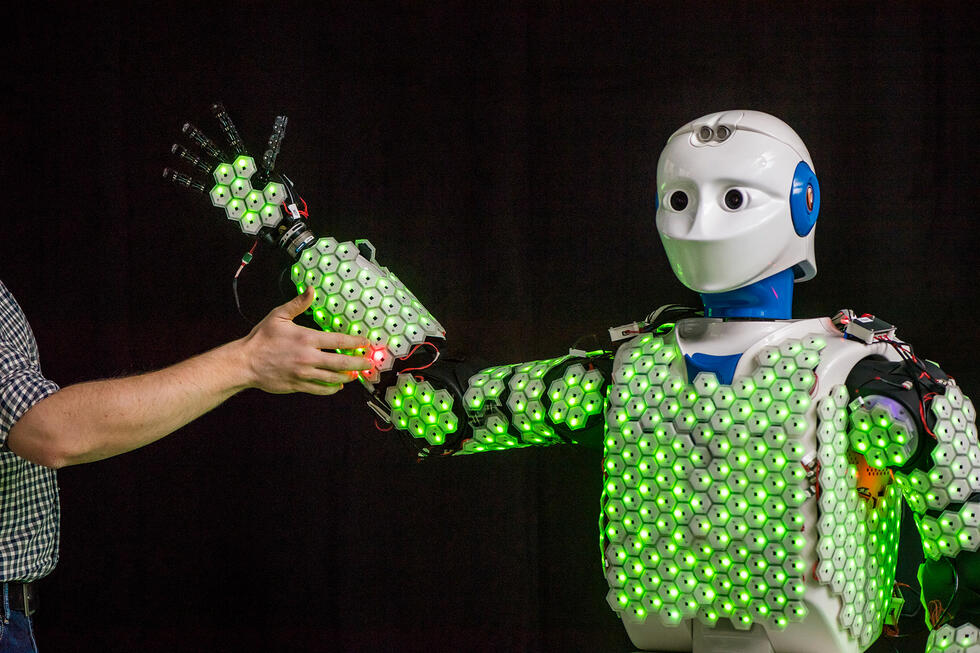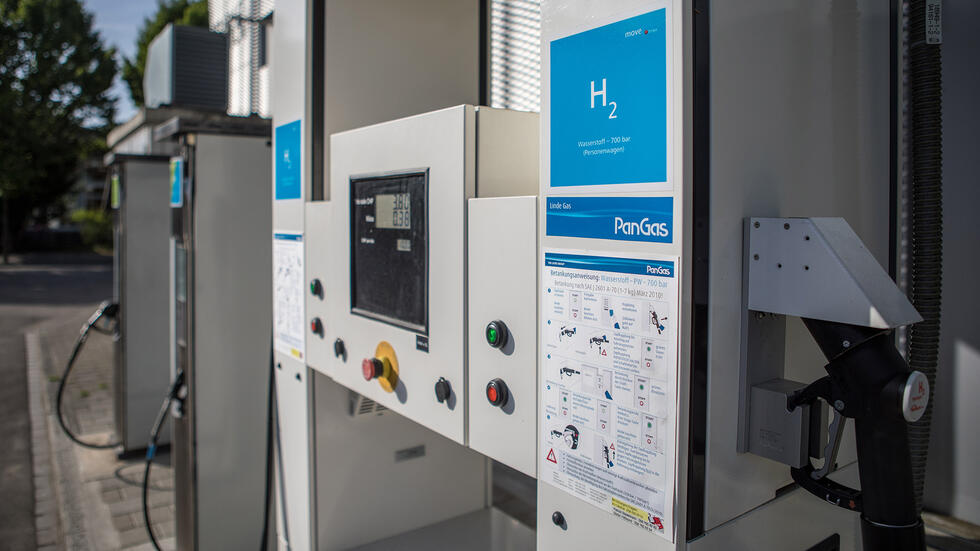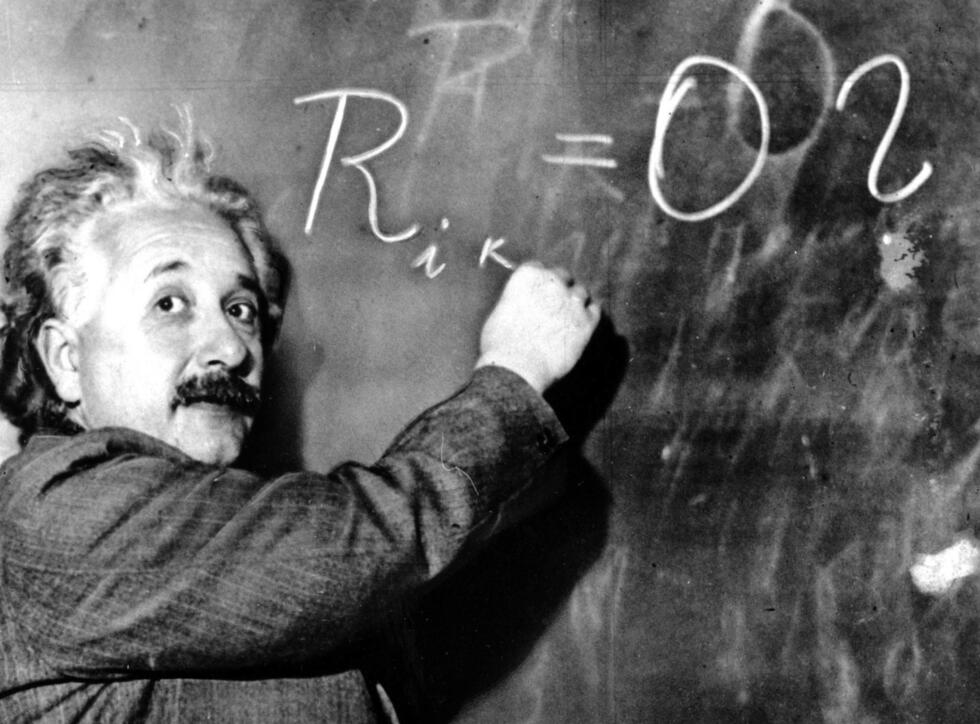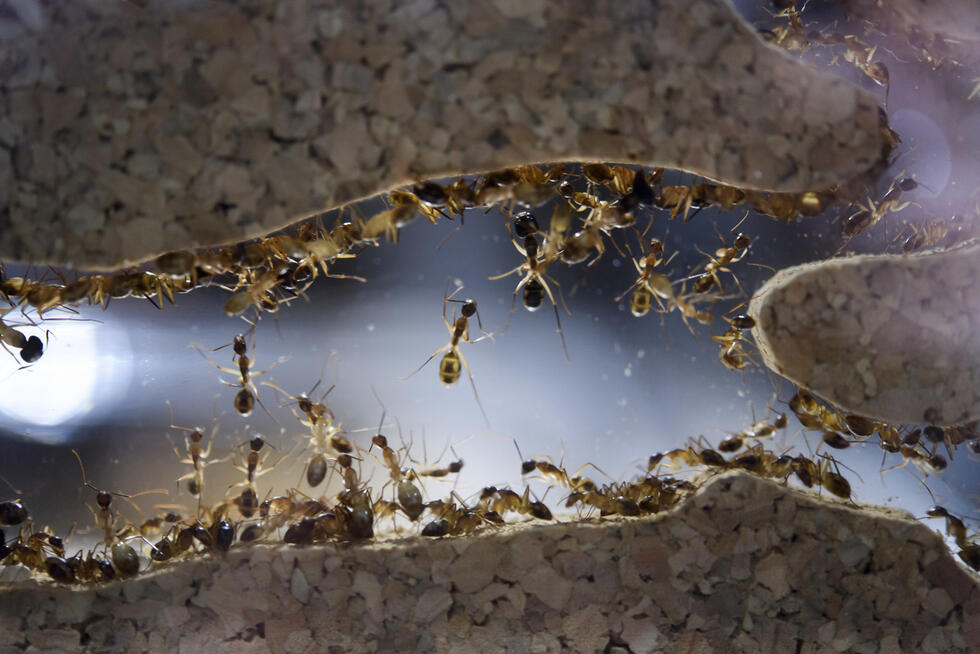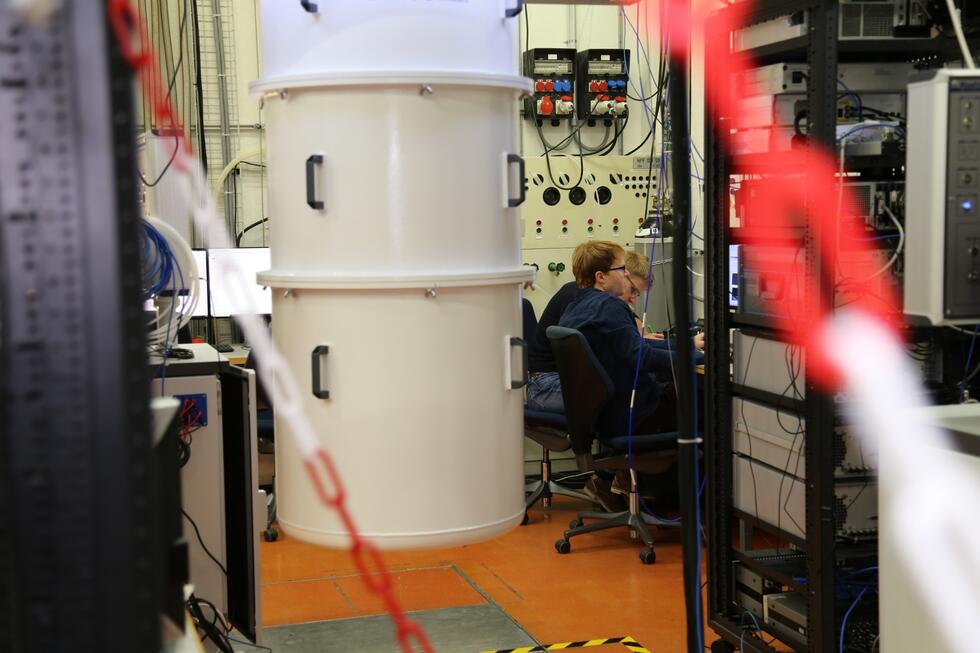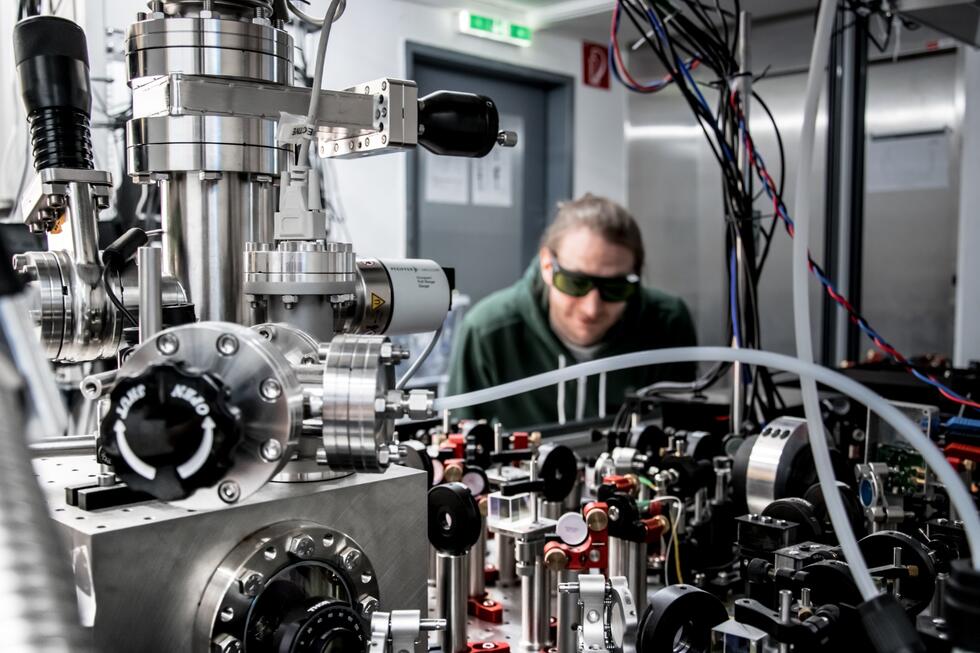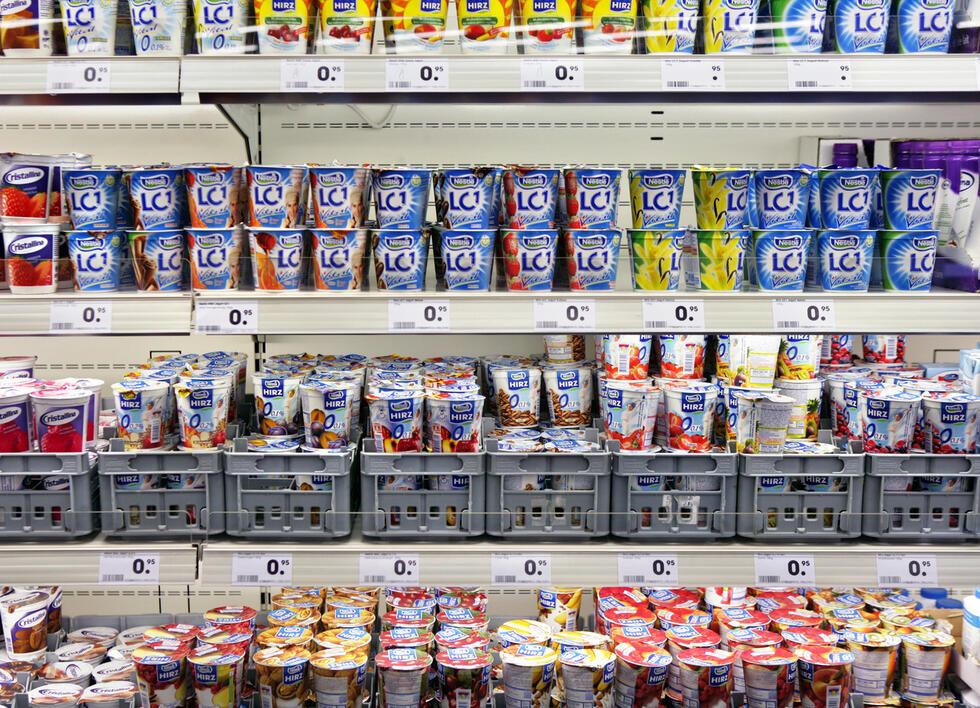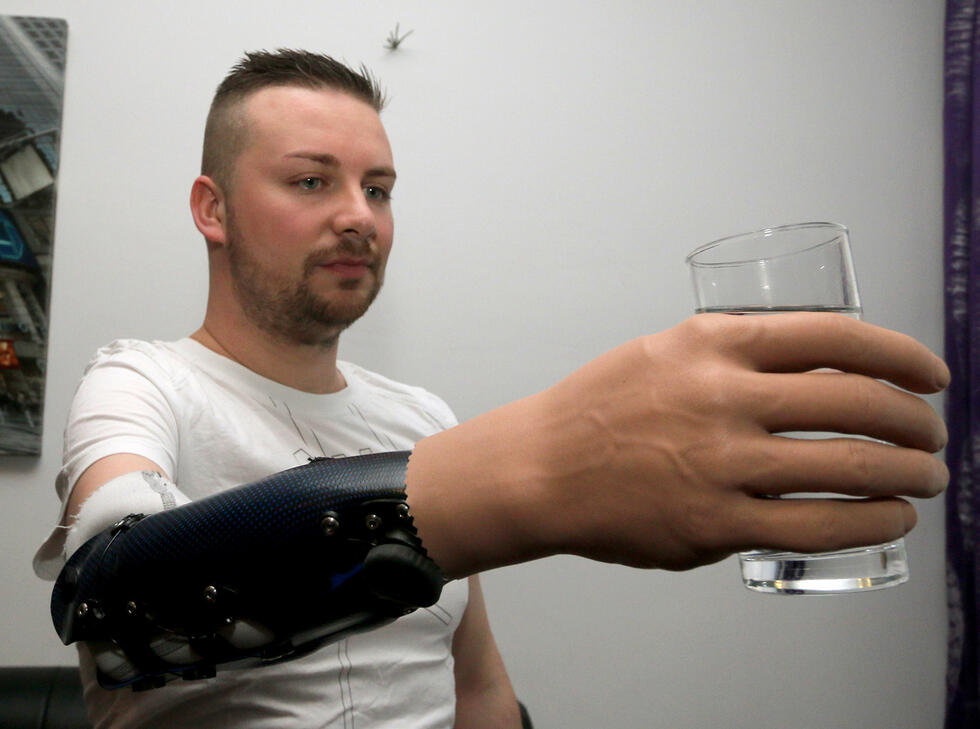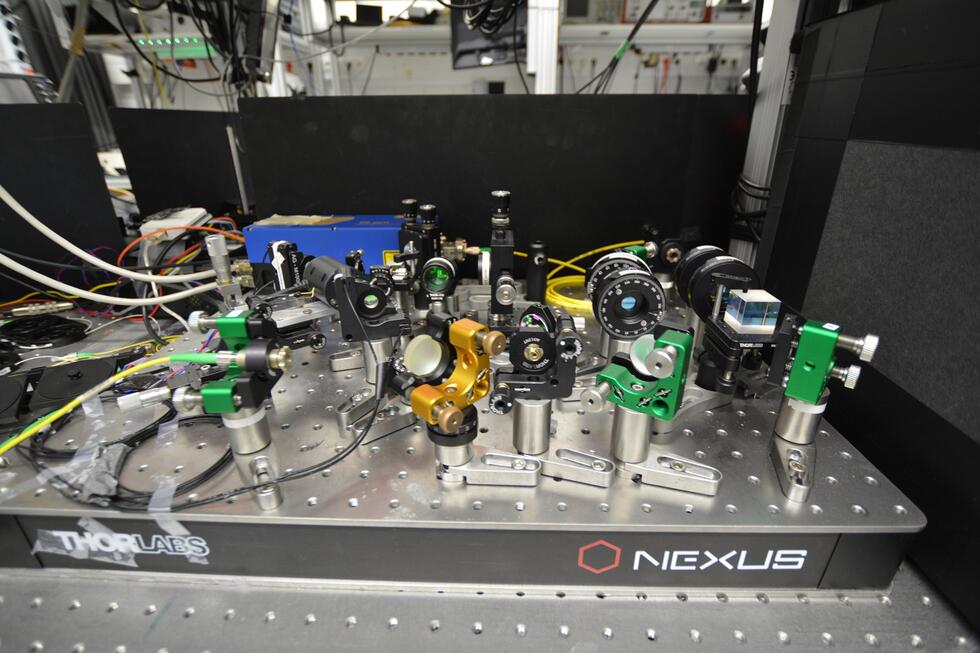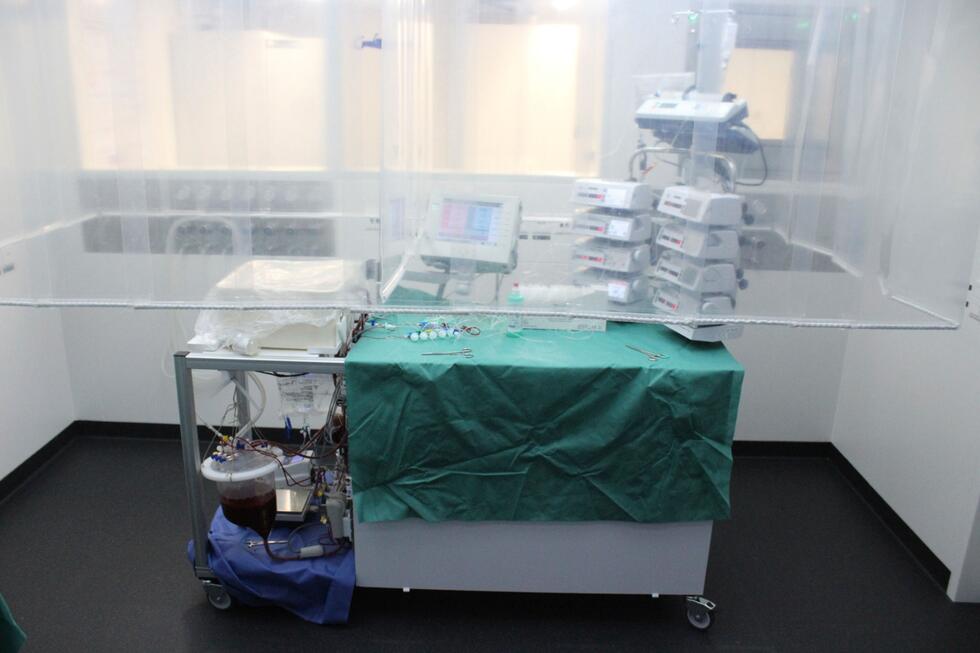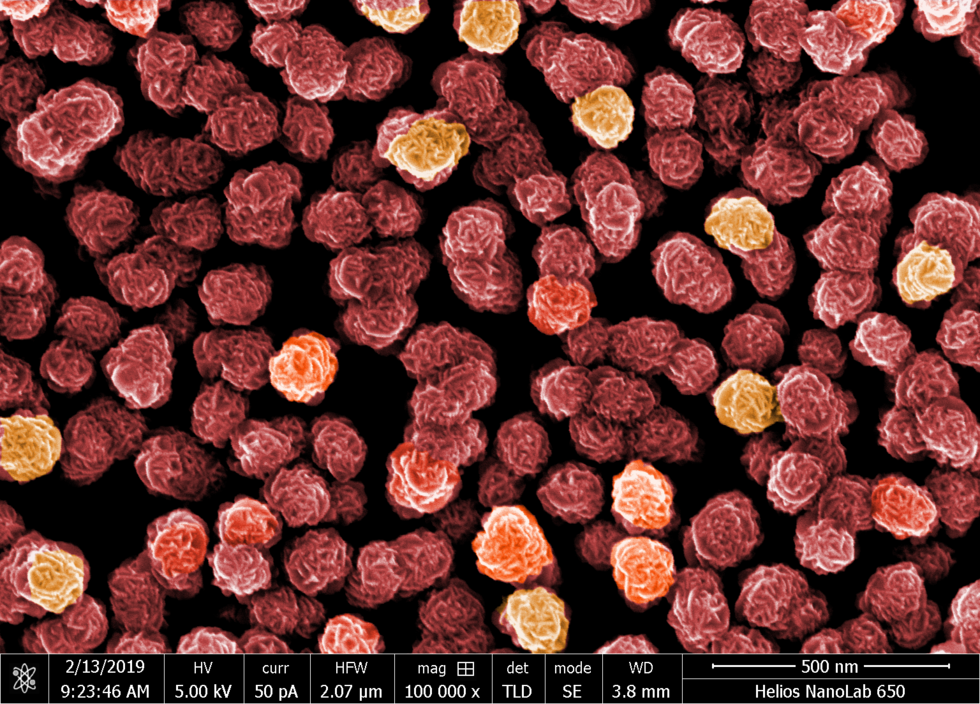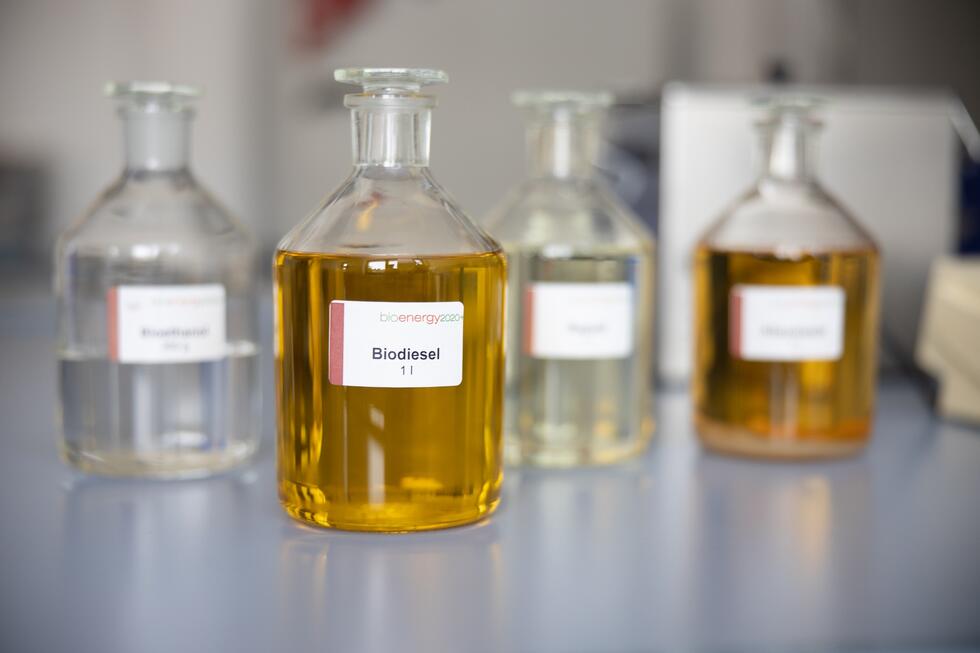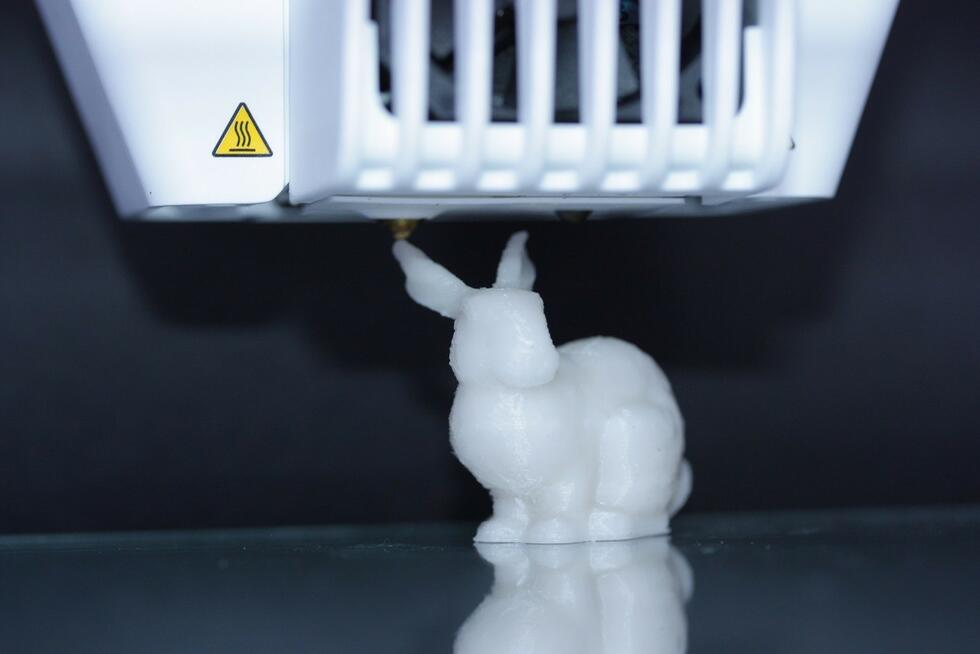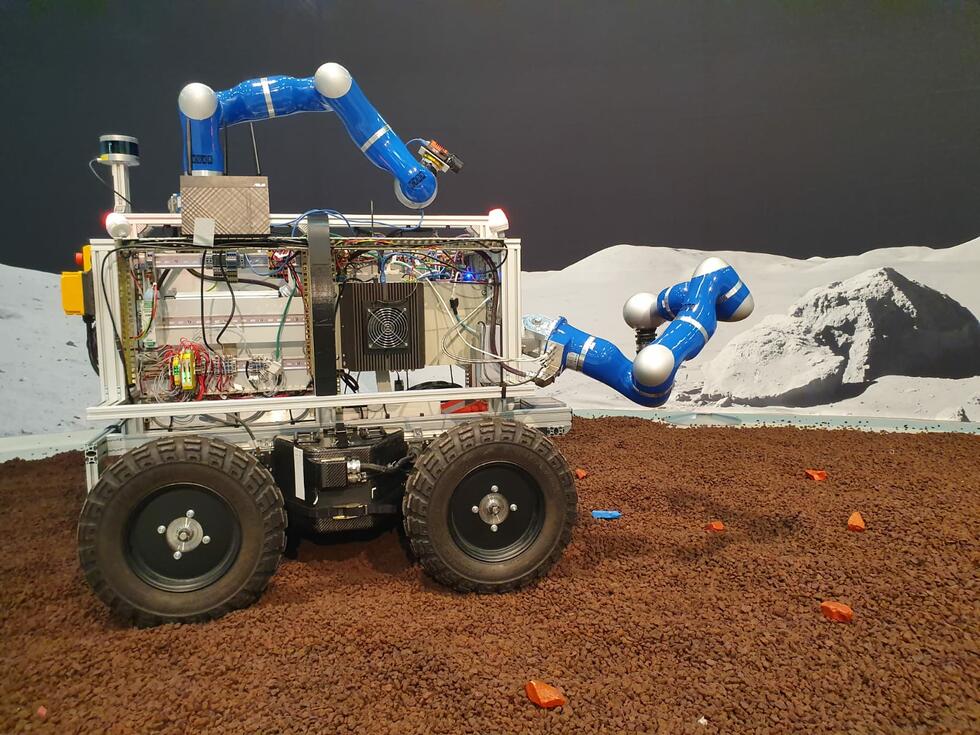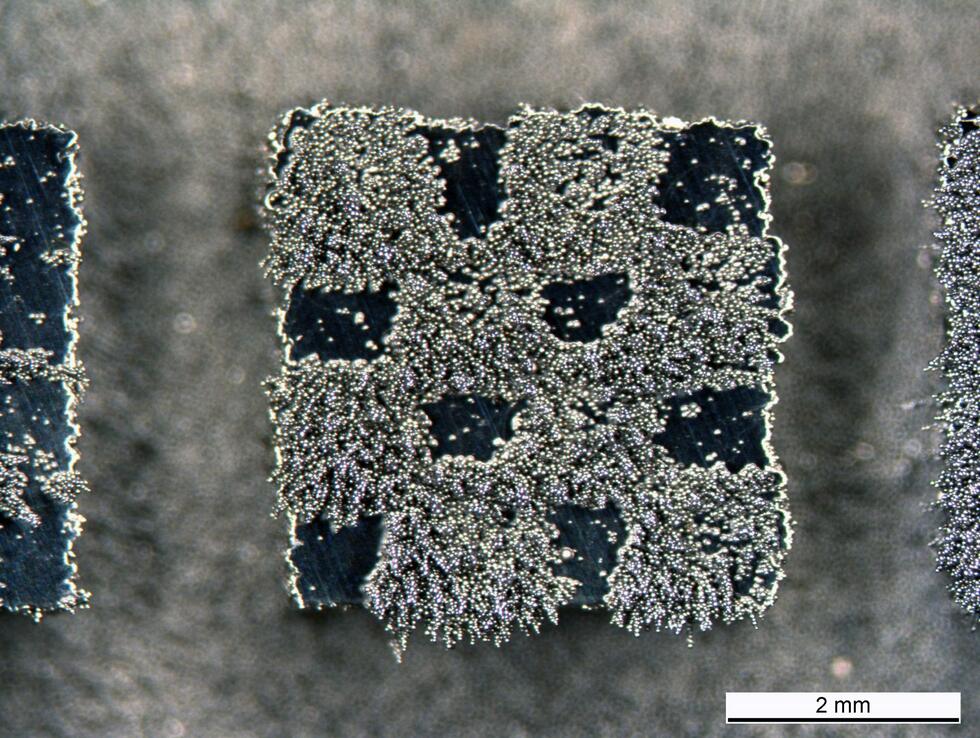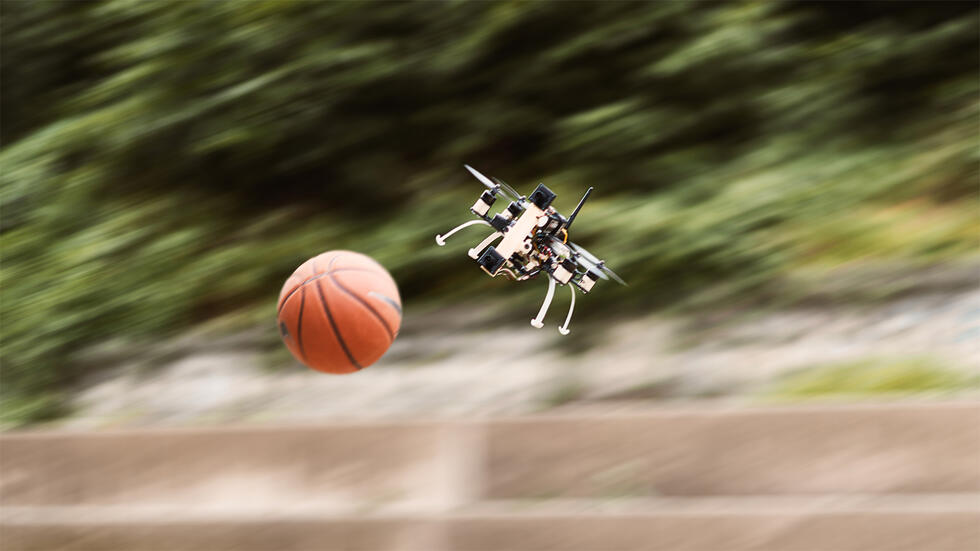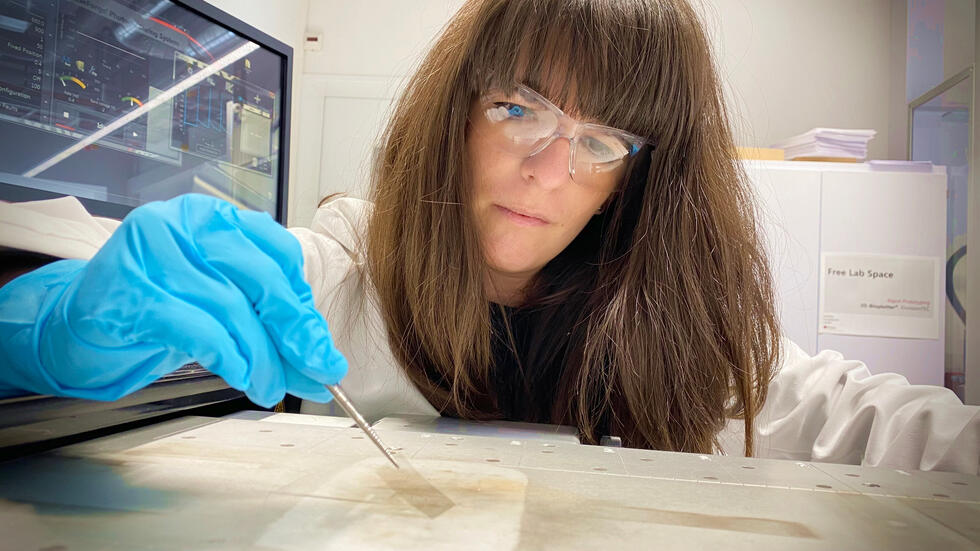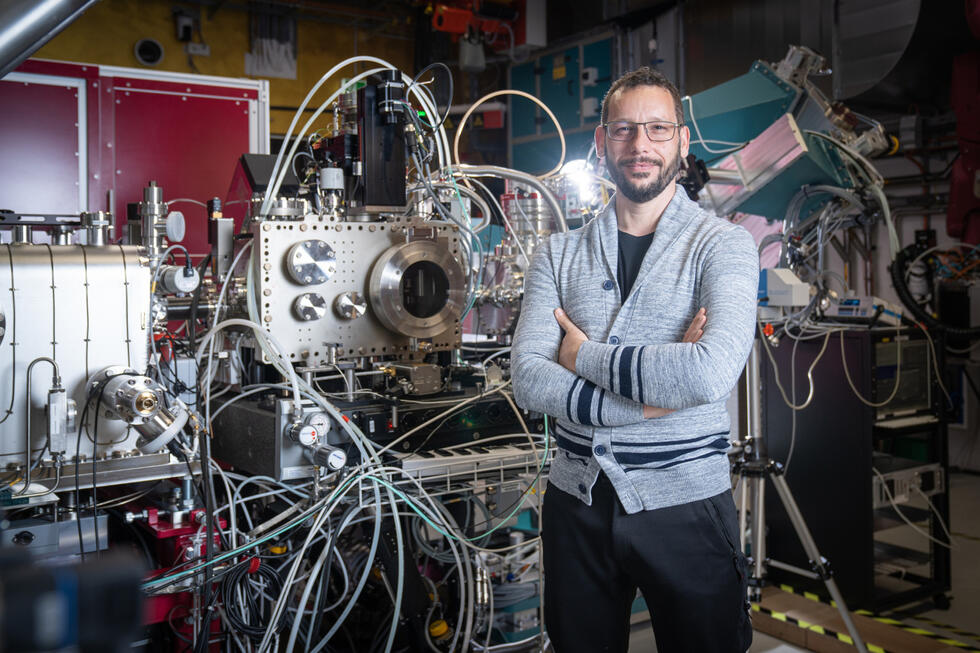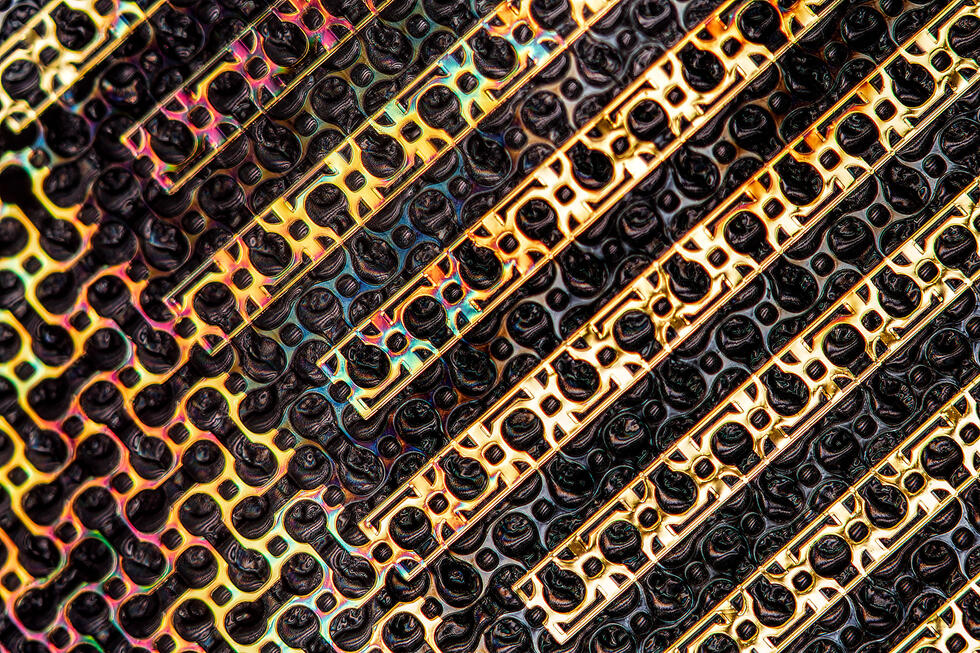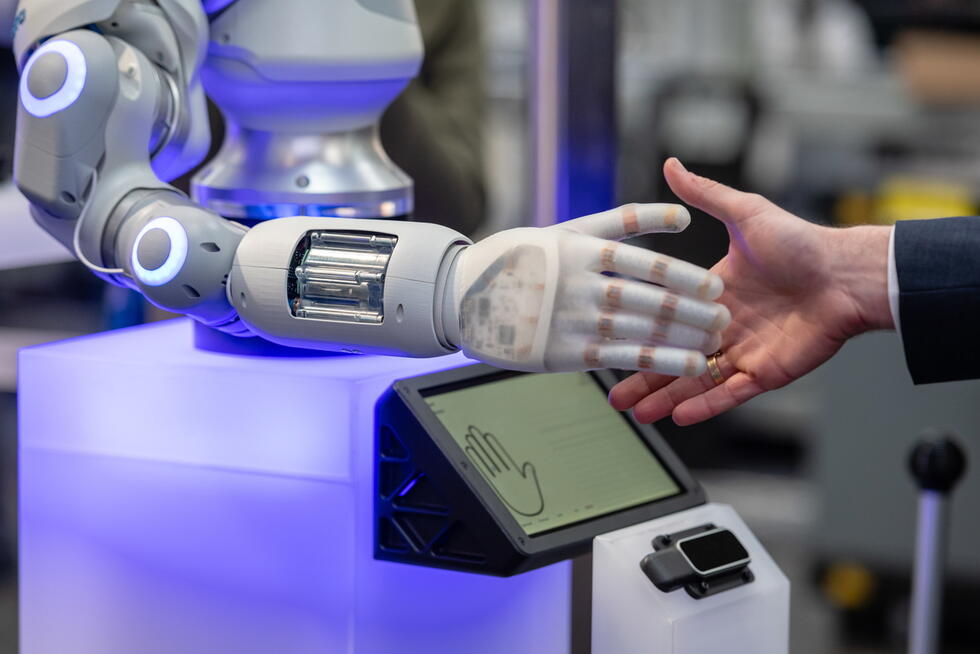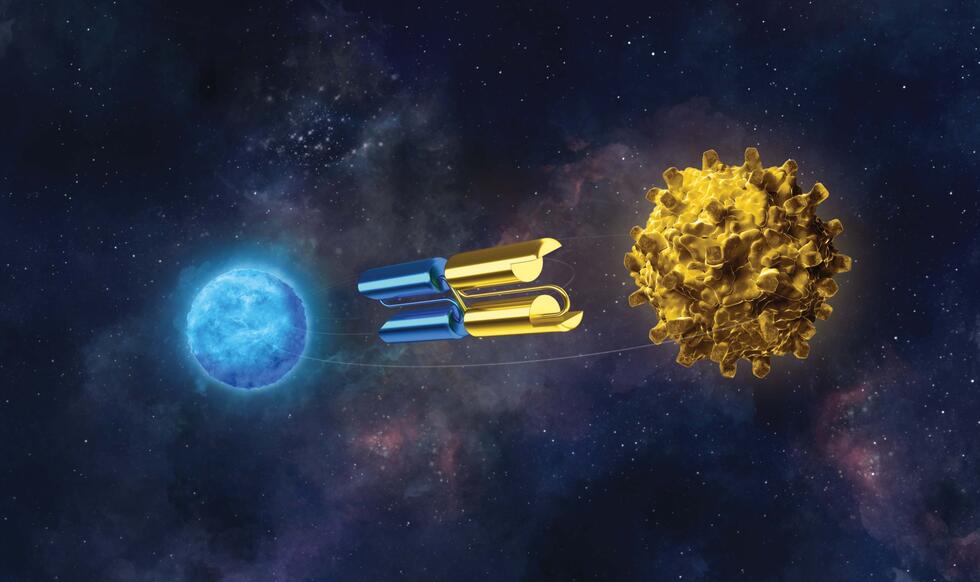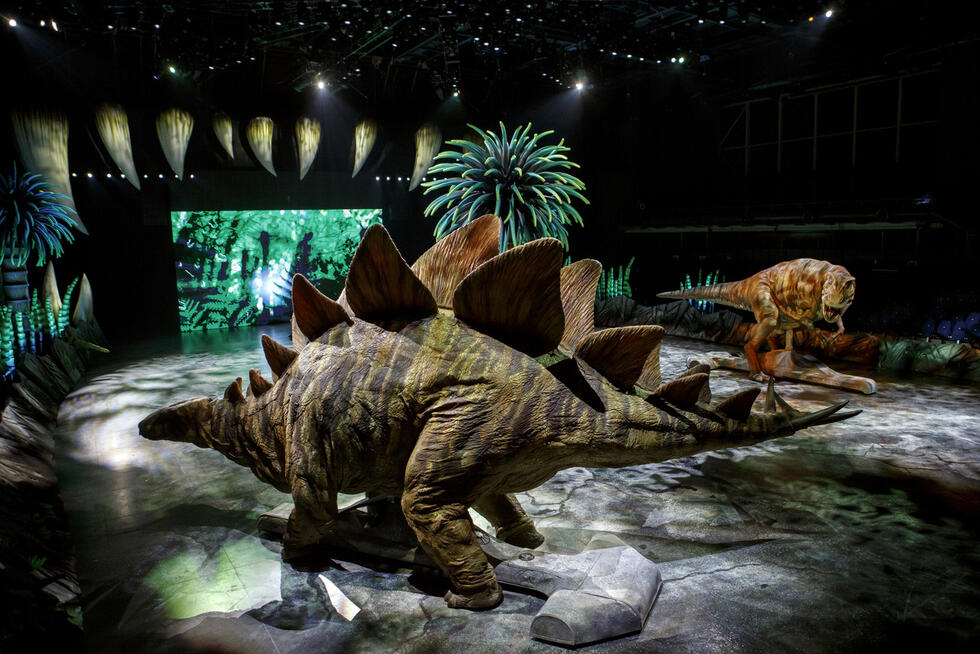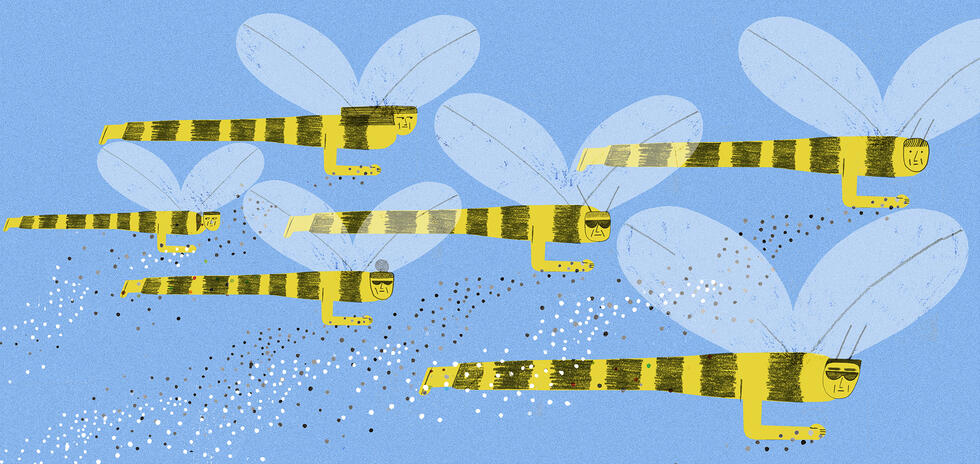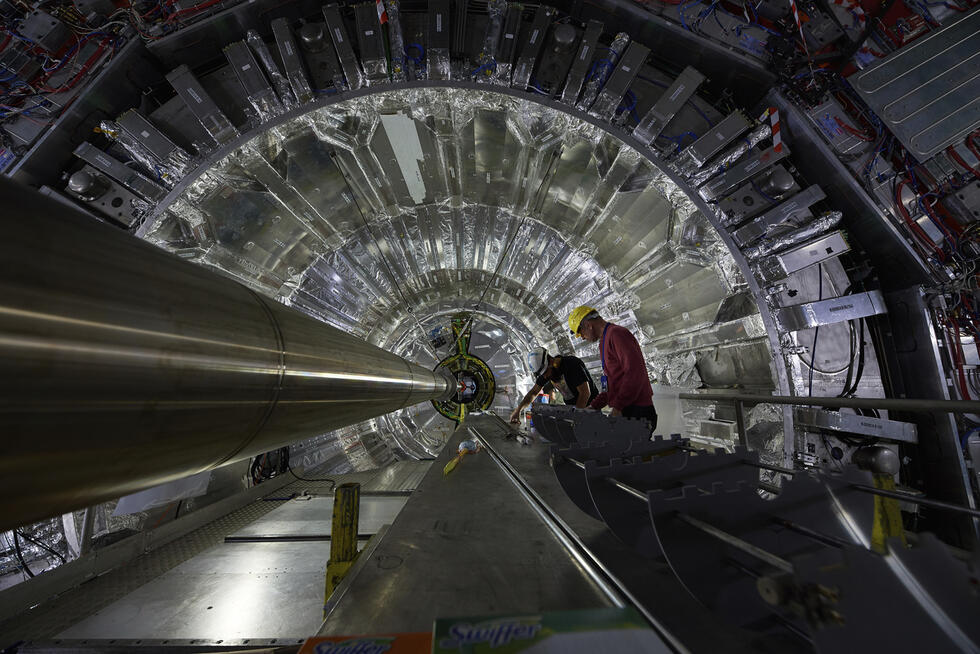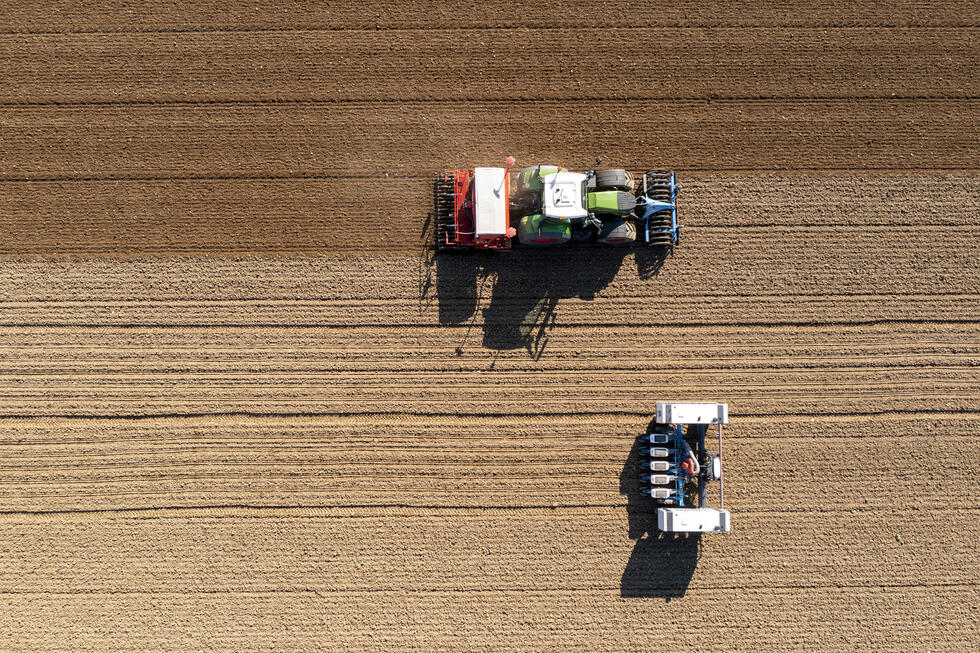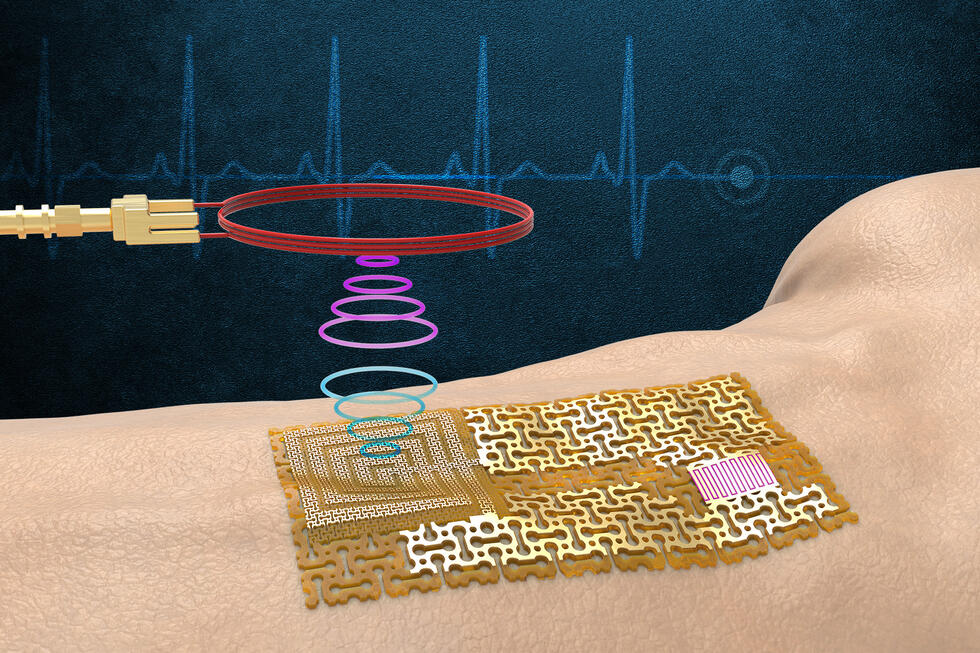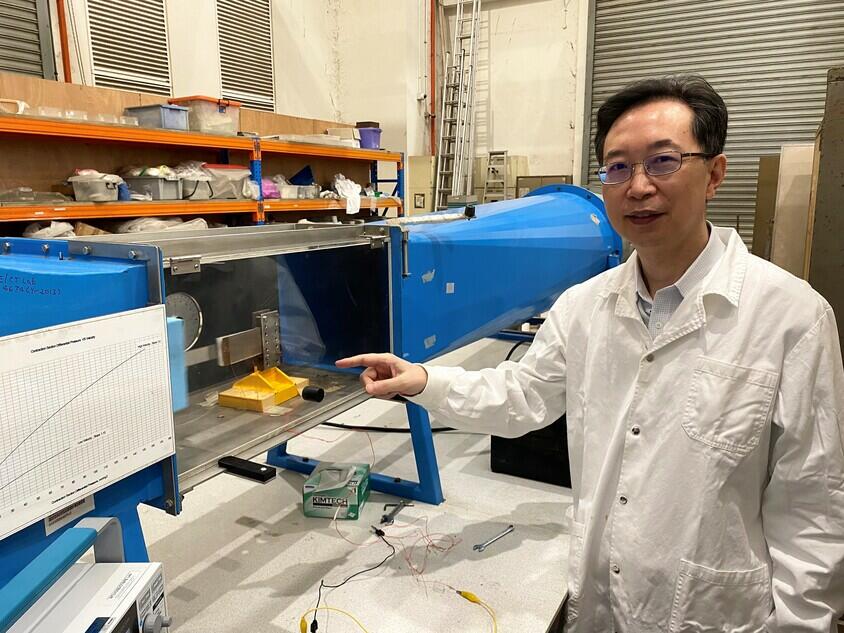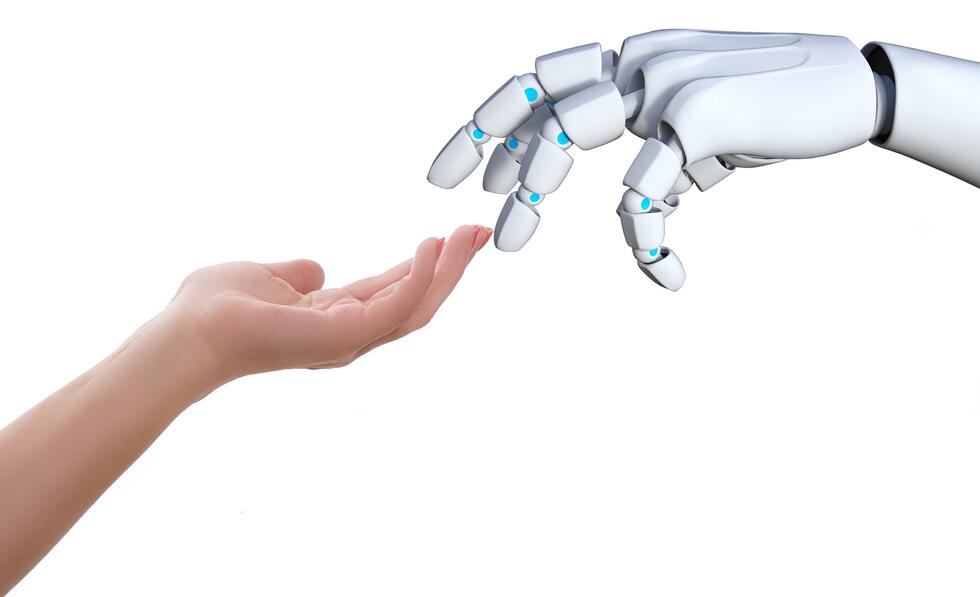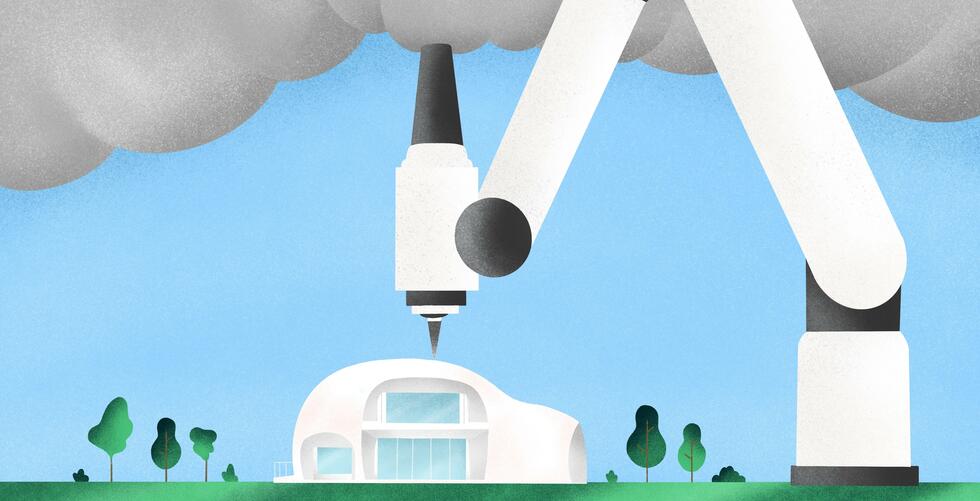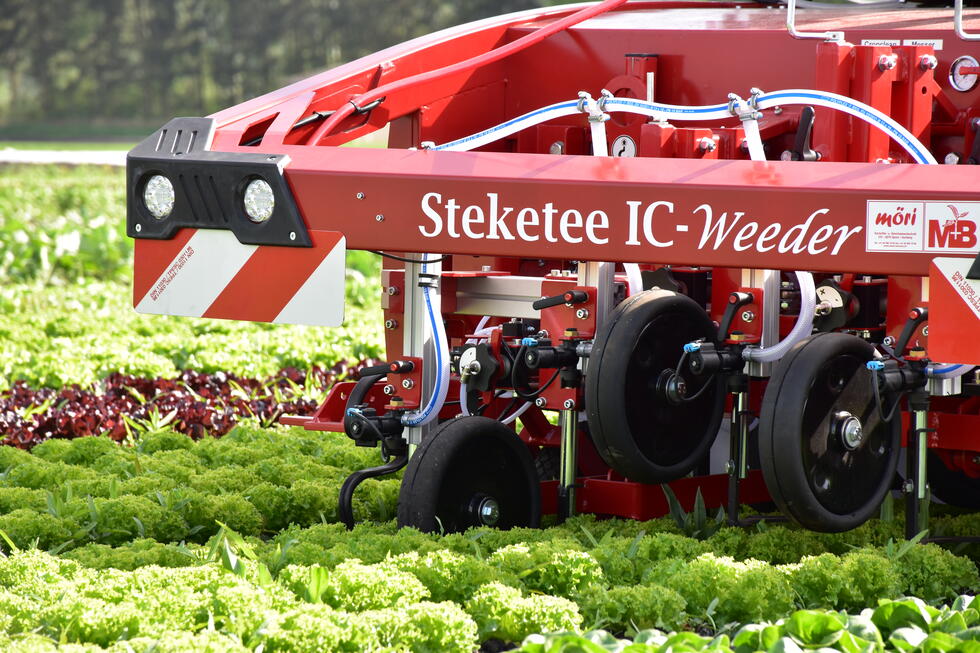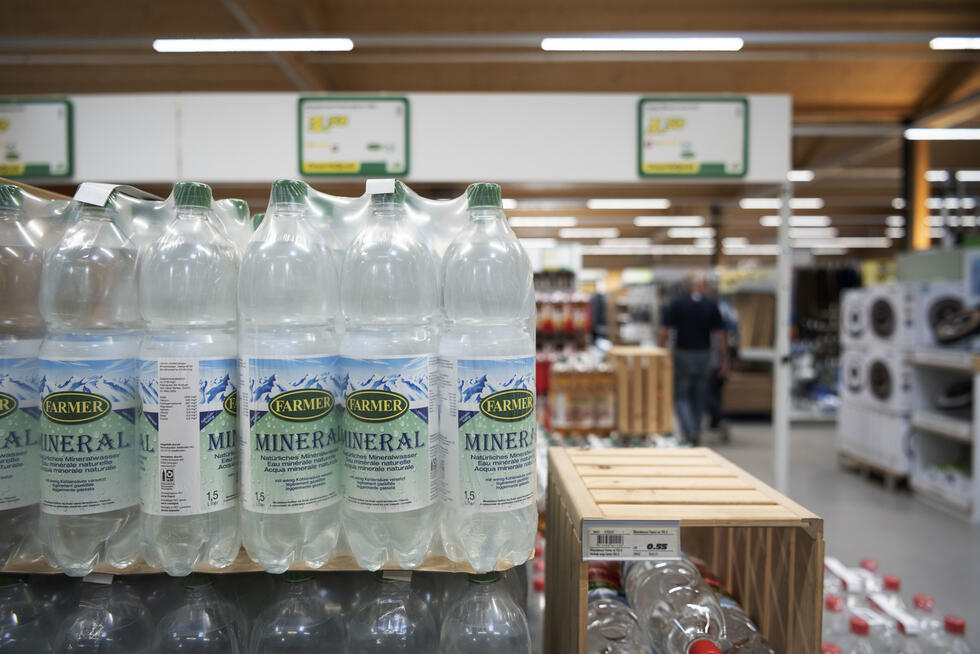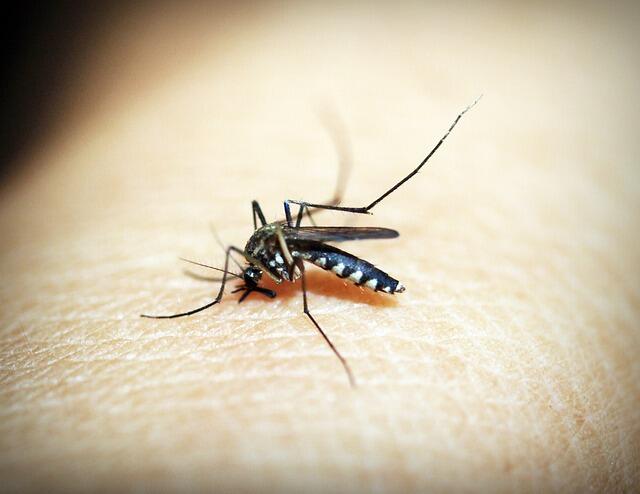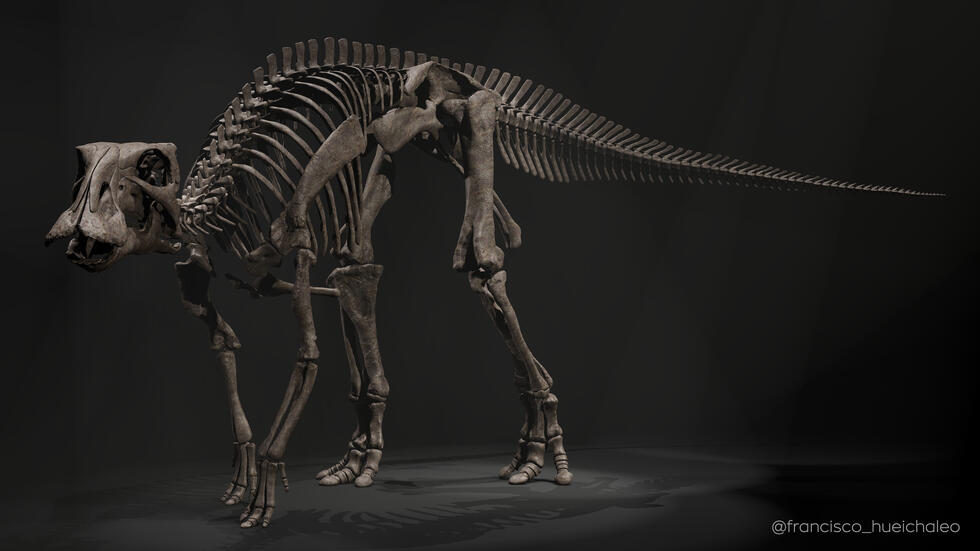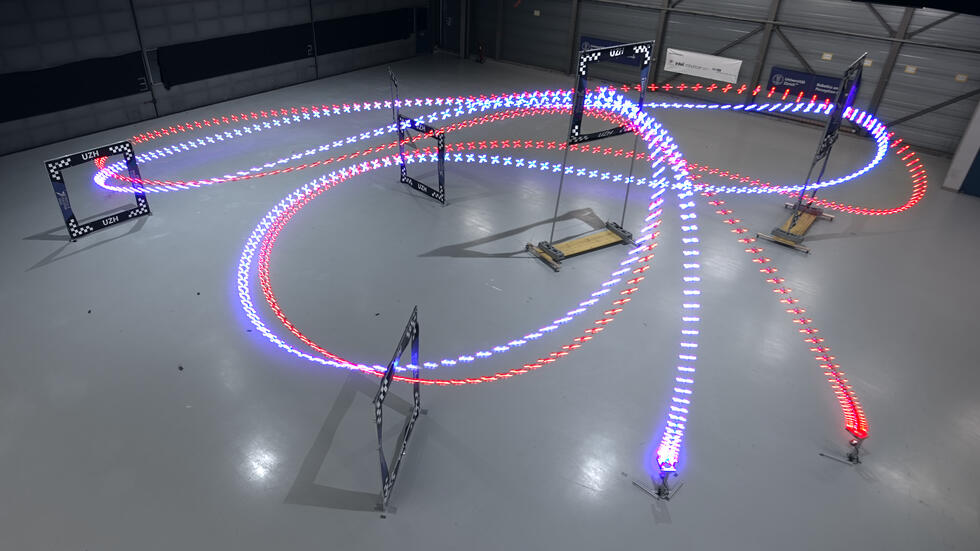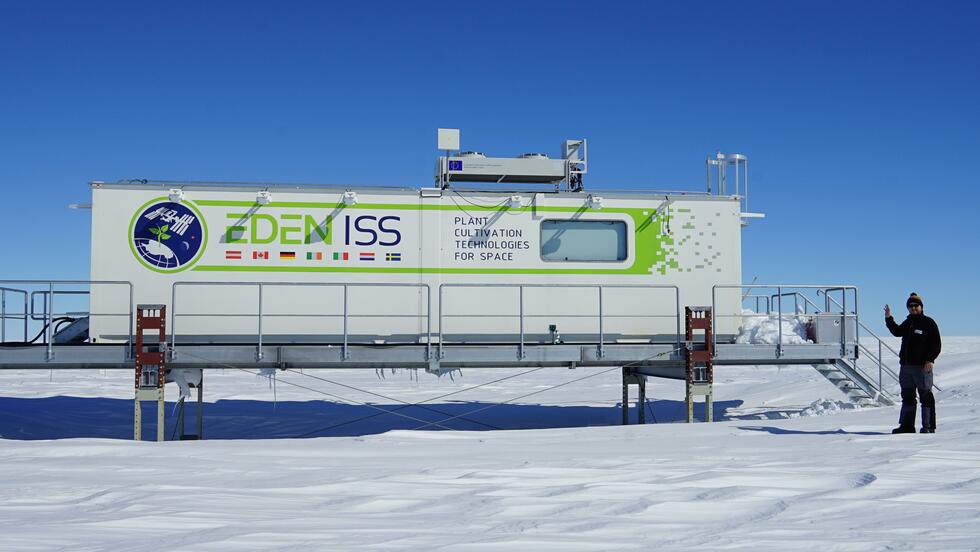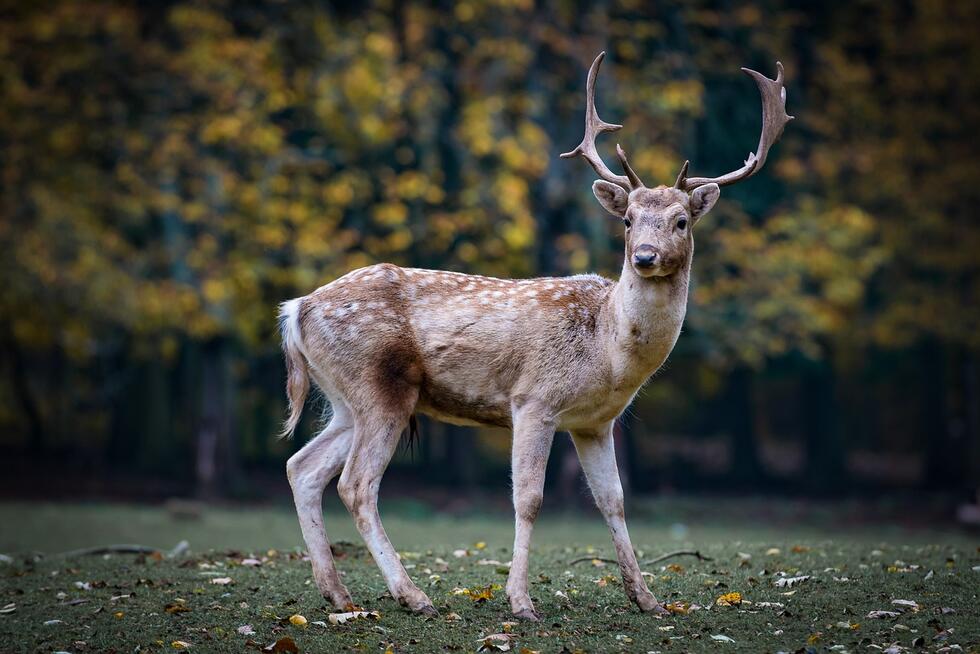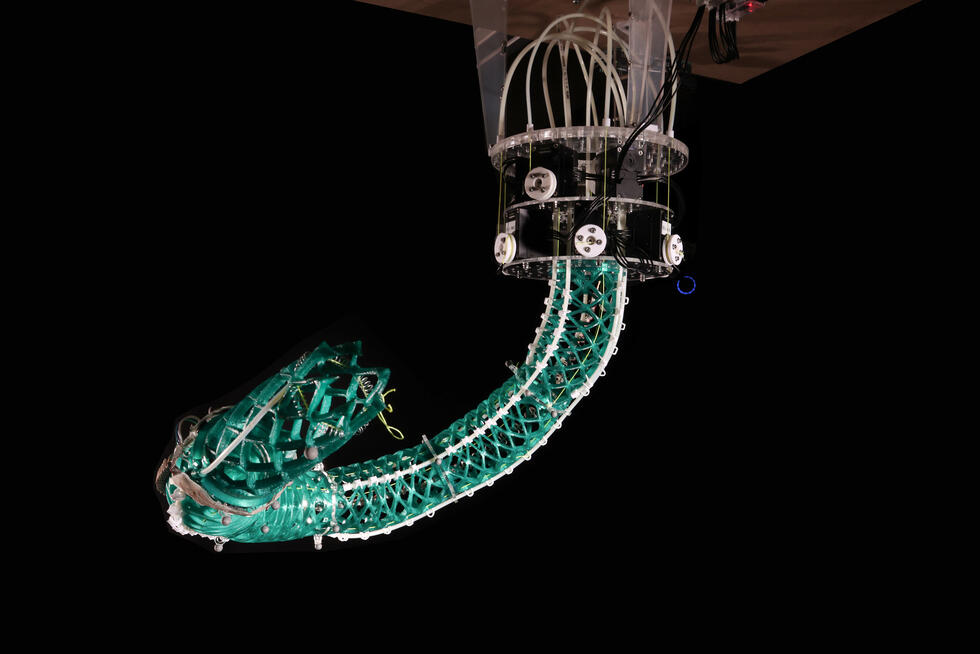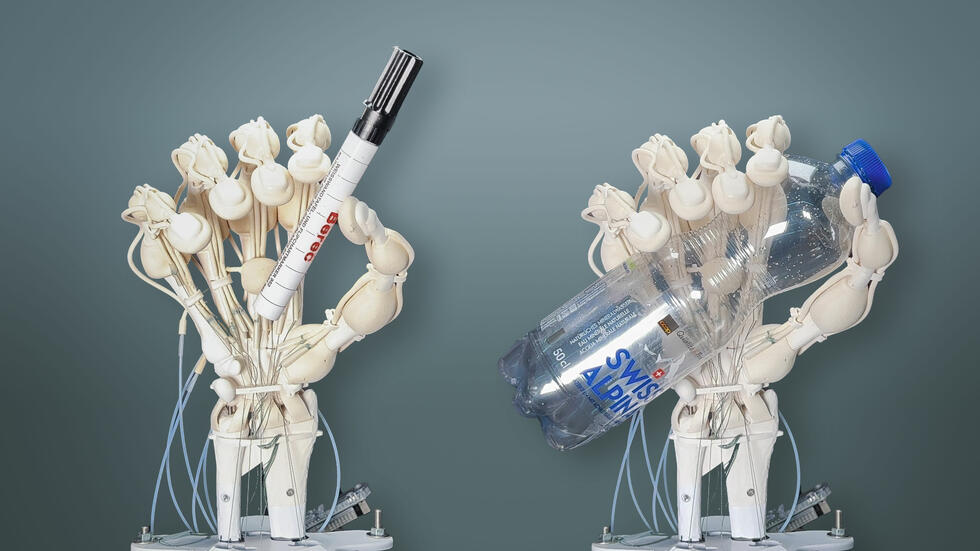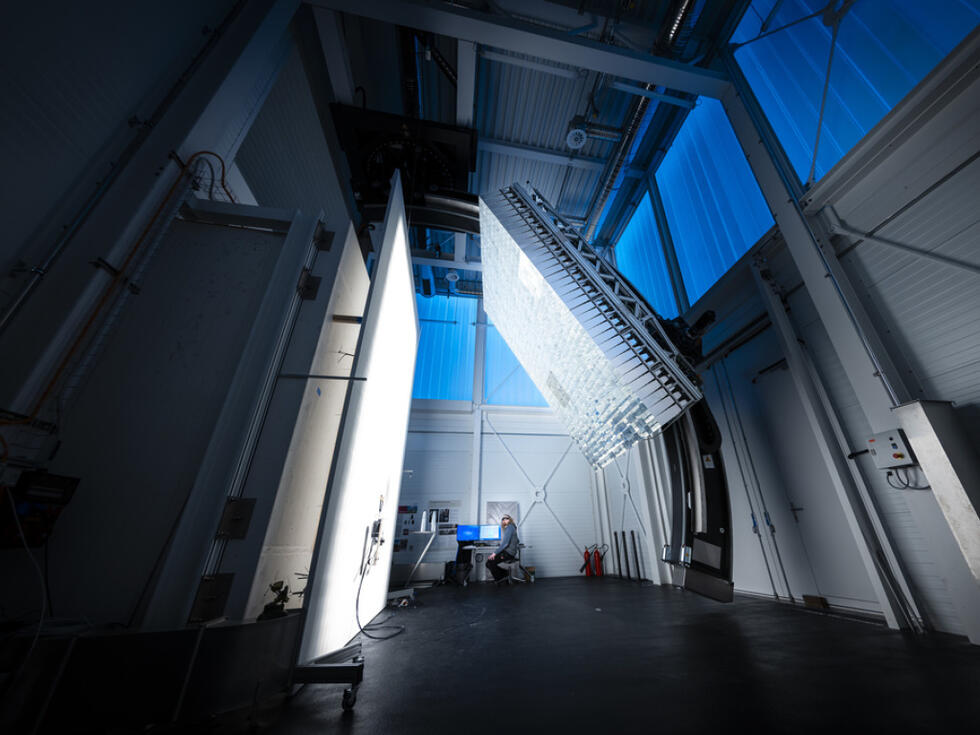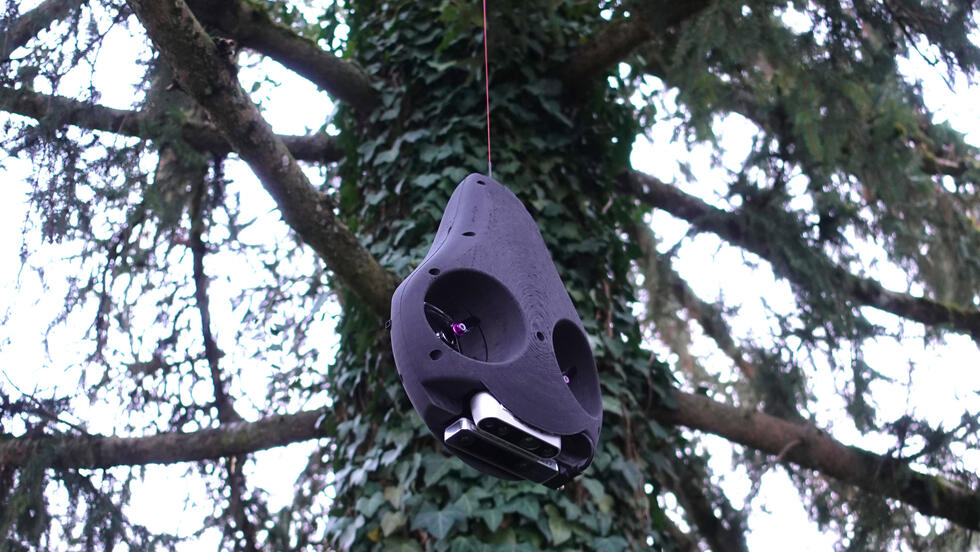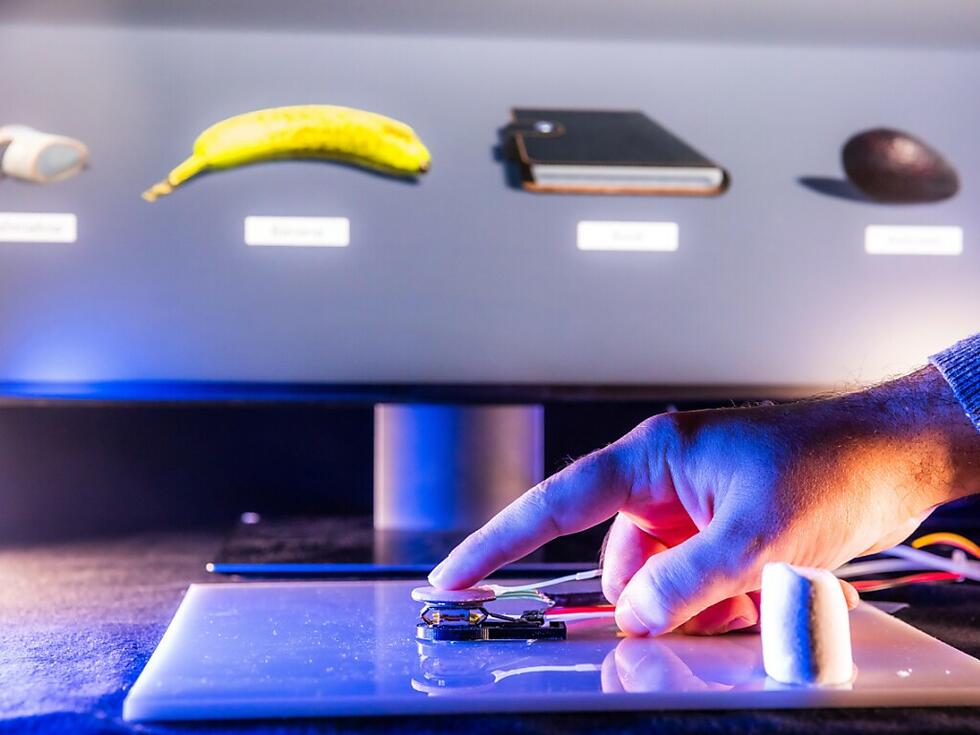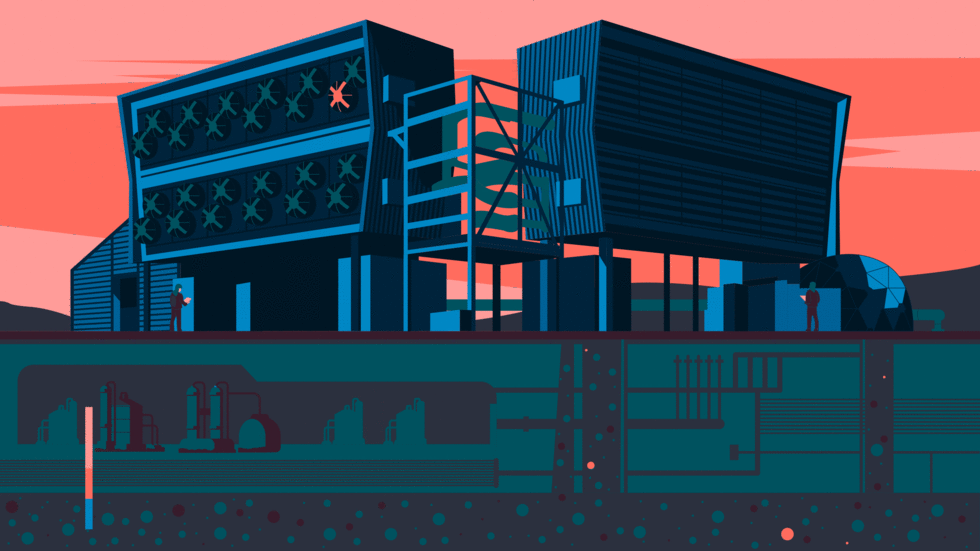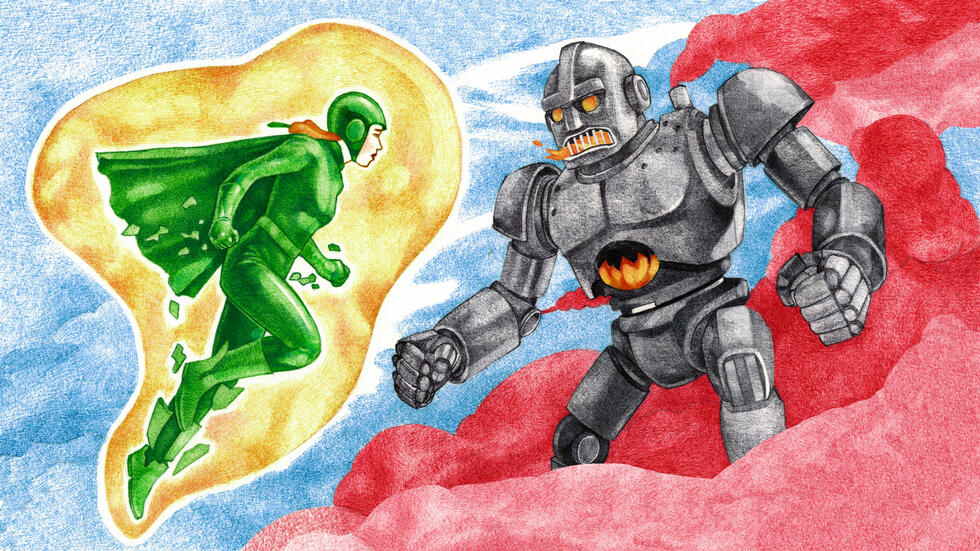From the lab onto the dinner table: meat analogues
Plant-based meat is currently on everyone’s lips: On the one hand because it tastes good. On the other, because its environmental footprint is superior to that of real meat.

Ethan Brown wanted to make livestock obsolete: Animals, which have to eat grasses and fodder and drink gallons of water in order to subsequently spend hours and days digesting to finally extract the chemical components they need to build up muscle mass. Meat that ends up as a valuable protein on our plates in the form of a steak, fillet, or sausage. For Ethan Brown, the inventor of “Beyond Meat”, this process was too inefficient. Why not instead use chemical components from plants and produce meat directly in the laboratory – just like animals do? But without the animal, which is essentially just a slow “bioreactor”?
The US visionary assembled a team of chemists, biologists, and food technicians and tasked them with finding the formula for vegetarian meat. Some ten years have passed since then, and today many people have already eaten the result: the “Beyond Burger”. A patty, made from pea protein, that smells and tastes like meat, and – thanks to beetroot – is even just as juicy as a real burger.
Animals are inefficient energy converters
Ethan Brown’s approach is called food hacking and is part of a major trend: the technologizing of food production, which ideally takes account of the environment, the climate, and animal welfare.
In its European Food Trends Report 2019, the Swiss Gottlieb Duttweiler Institute describes this as nothing less than the “reinvention of food”.
And this is sorely needed: The World Health Organization (WHO) estimates that planet earth will be home to approximately ten billion people in 2050 who will all have to be fed. This, however, will not be possible with our current dietary habits, which are based on animal products. A European cow, for example, has to eat up to 300 kilograms to produce just one kilogram of protein. In addition, conventional livestock breeding has a number of shortcomings: Kept in unnaturally dense herds, livestock are pumped full of antibiotics, they produce vast amounts of methane and are fed high-energy soy to accelerate their growth – soy that is grown in gigantic monocultures that require intensive irrigation and for which even parts of the rainforest are deforested. The World Wide Fund for Nature (WWF) reports that soy cultivation has increased by a factor of ten over the past 50 years, and now totals some 269 million metric tons. Between 2000 and 2010 alone, almost 60 million acres of land in South America were turned into farmland, destroying unique habitats for plants and wildlife. In South America alone 42 million acres of farmland were used for soybean cultivation – in 1990. By 2010, the land use had climbed to almost 114 million acres.
Meat substitute made from mushroom protein
For this reason, researchers all around the globe are exploring ecological meat imitations. One of these scientists is Holger Zorn, Professor at the University of Giessen’s Institute of Food Chemistry and Biotechnology. He too is working on the imitation of meat in the laboratory and on recreating its chemical architecture consisting of amino acids, fats, trace elements, vitamins, and water. In contrast to the Beyond Burger, which is based on peas, Holger Zorn derives his protein substrates from mushrooms. In itself, this is not revolutionary – meat substitutes based on mushroom proteins have been on the market for a long time. What makes his approach so special is that Professor Zorn enhances the microbiological components, a process he calls “food upcycling”. Using minimal energy and carbon dioxide, he has succeeded in creating particularly high-quality proteins that are nutritionally beneficial to the human body. This means that the proteins are easy to digest and readily convertible into muscle mass.
But it also has to smell and taste delicious, otherwise nobody will buy the product, no matter how eco-friendly and healthy it is,
That is why he also uses his mushrooms to produce natural flavors that are the same or similar to those found in meat. By adding these to his products, he intends to achieve an authentic meaty taste.
The supermarket shelves filled with artificial steaks and vegan sausages are constantly growing longer. But what is inside all these products? Holger Zorn provides an overview of the typical ingredients: “Usually the basic ingredients are proteins from soy, peas, rapeseed, or lupines.” Additionally, the list of additives often include: colorants, which are mostly organic, such as beetroot juice, flavoring agents, thickeners, fatty acids, usually from coconut oil or palm oil, and finally salt and water.
Gallery of mushrooms

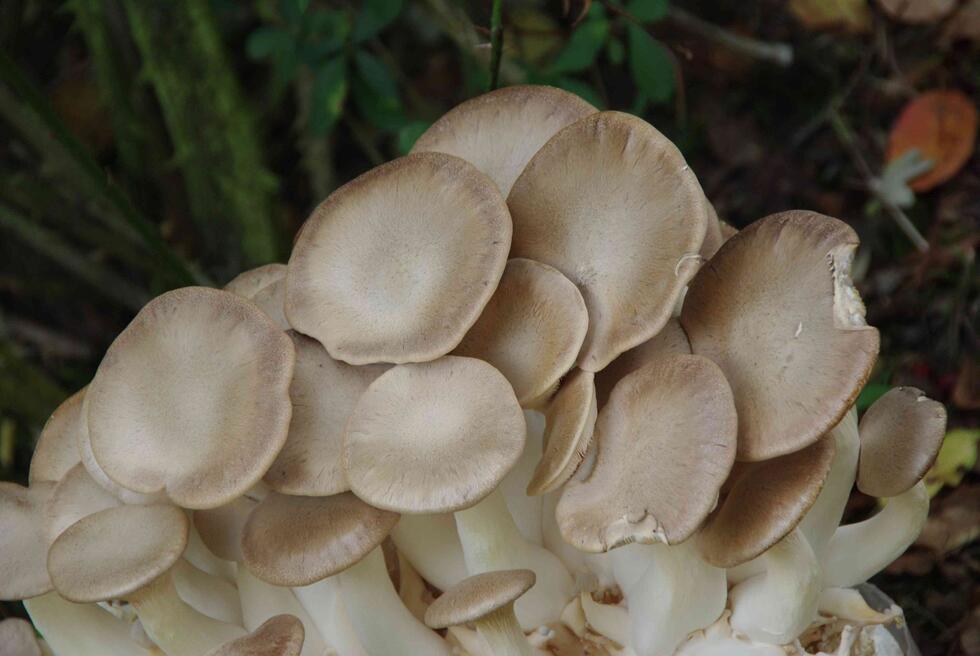
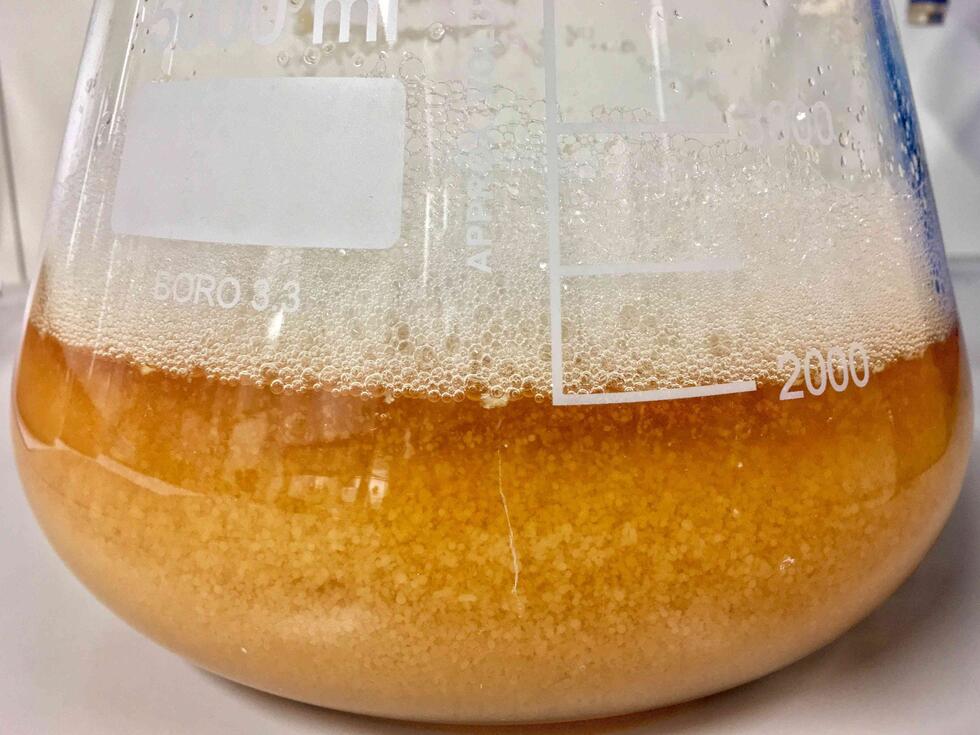
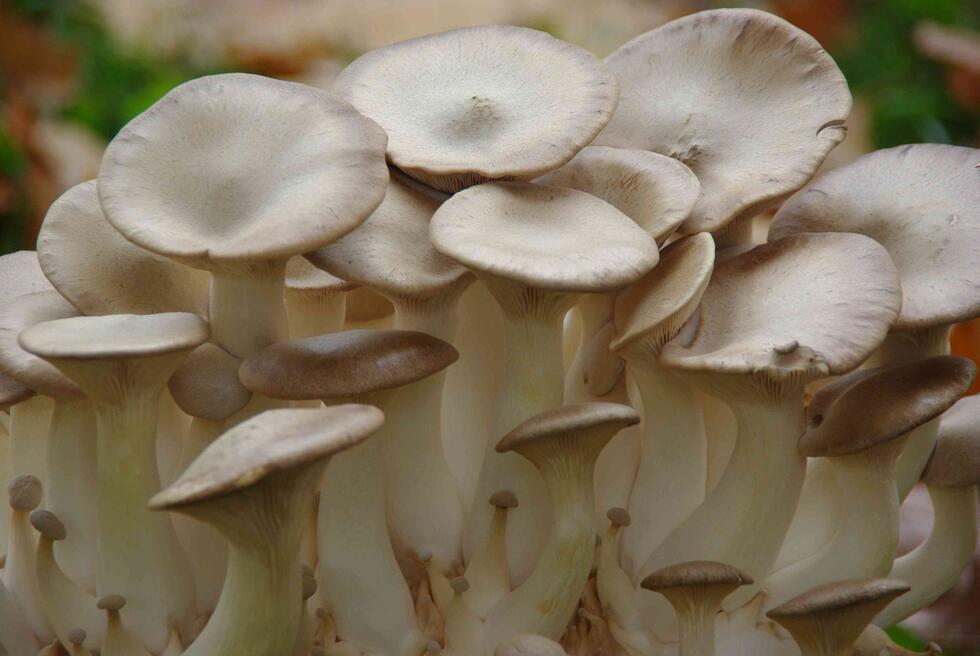
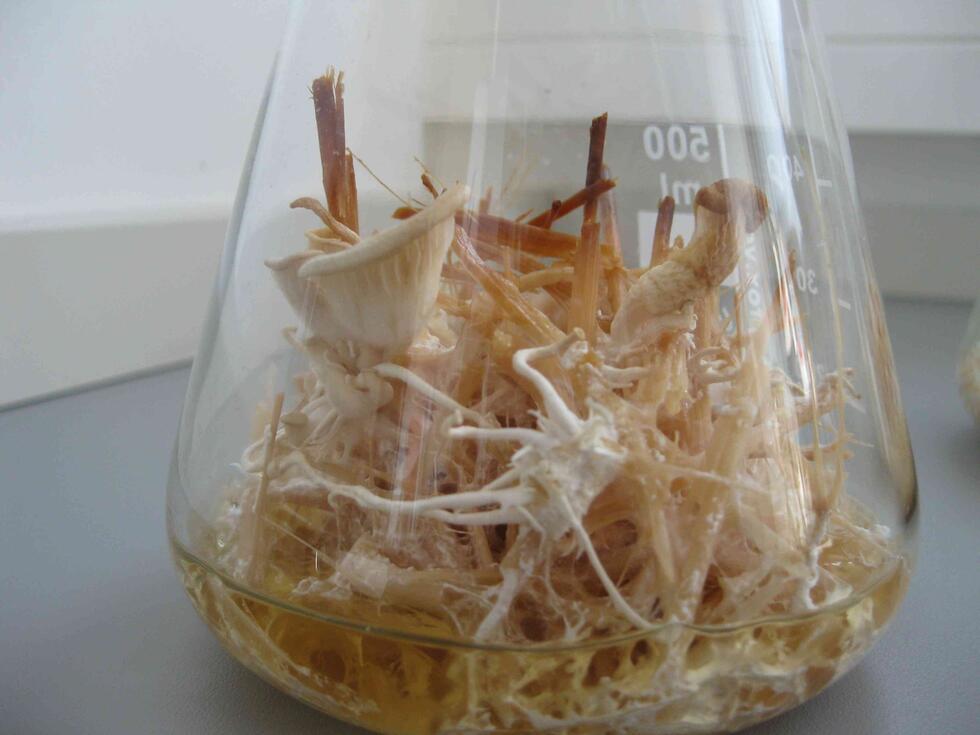
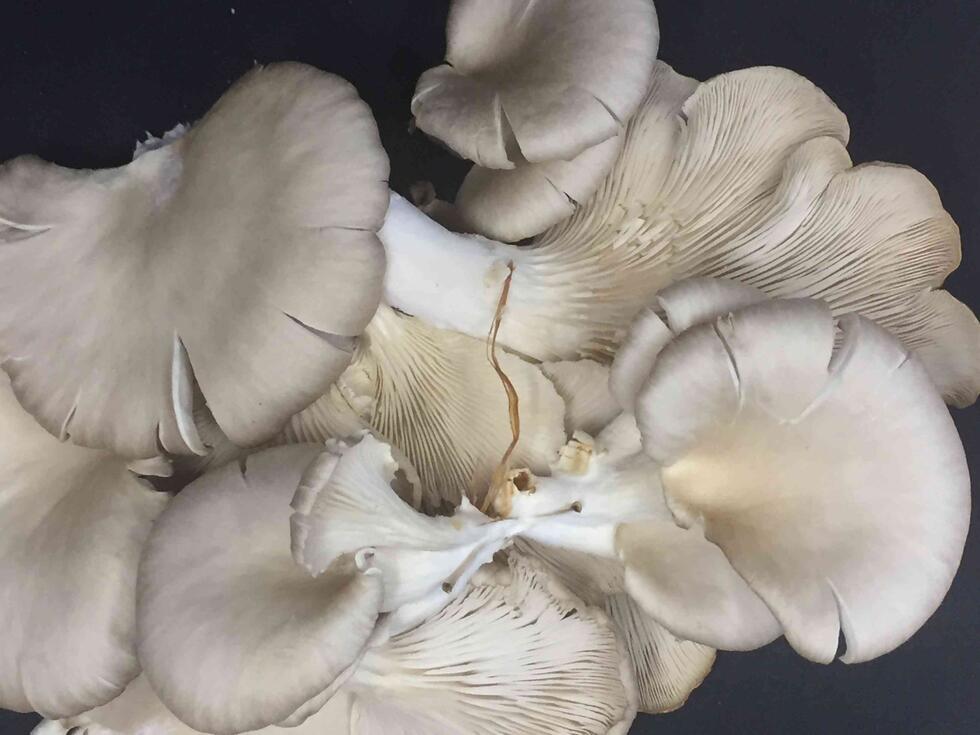
High salt content triggers criticism
Thus, meat substitutes usually contain many additives. Such highly processed products do not enjoy a very good reputation. But because the main ingredient is vegetarian, many consumers believe that they are healthier than meat. So which is actually true? “There is no blanket answer to this question.
Animal proteins are closer to human proteins, so we are better able to metabolize them than, for example, pea protein. On the other hand, plants are higher in dietary fiber, which makes them easier to digest, and they contain no cholesterol. Quite the contrary: The plants that are used even contain phytosterols, which reduce the cholesterol level,” the chemist explains.
A study conducted by the German Society for Nutrition (DGE) came to the similar assessment that meat substitutes are “nutritionally favorable”. In particular, the DGE praises the composition of meat alternatives “in terms of their total energy, fat, and sugar content”. There is however one cause for criticism: The high salt content that is typical of processed foods. However, the public debate often overlooks the fact that meat and sausage products are also not pure elements. Due to the nature of conventional livestock breeding, meat often contains not only animal hormones but also antibiotic residues and sometimes a considerable amount of salt, as well as trans fats and cholesterol. Thus, the skepticism regarding lengthy ingredient lists is – at least in direct comparison to meat products – unfounded.
Plant burger boasts an exemplary ecological footprint
The question remains as to how vegetarian meat compares to the real thing in terms of its ecological impact. To answer this question, the company Beyond Meat itself commissioned the University of Michigan to conduct a study. The researchers were tasked with comparing the environmental footprint of the Beyond Burger with that of a conventional beef patty.
Their conclusion: The ecological balance of the vegetable burger is exemplary. Its production emits only approximately one tenth of the greenhouse gases, consumes about half the energy and requires significantly less water and agricultural land. The study takes into account the use of energy, land, and water during the sourcing and processing of ingredients, as well as the cooling of the products and transport to the points of sale.
It is not only the superior eco-balance that lies at the root of the current food technology boom. The trend is also fueled by ideal timing and the resulting high demand: The awareness for healthy and ecological nutrition is growing all around the globe. “The range of products will continue to grow because more people want to eat responsibly,” Holger Zorn explains. “The food industry is mainly focusing on flexitarians. Although the diet of these semi-vegetarians contains meat from time to time, it revolves around plant-based foods. Provided they are well prepared and produced sustainably.”
Written by:
Illustration: Ryan Sanchez















